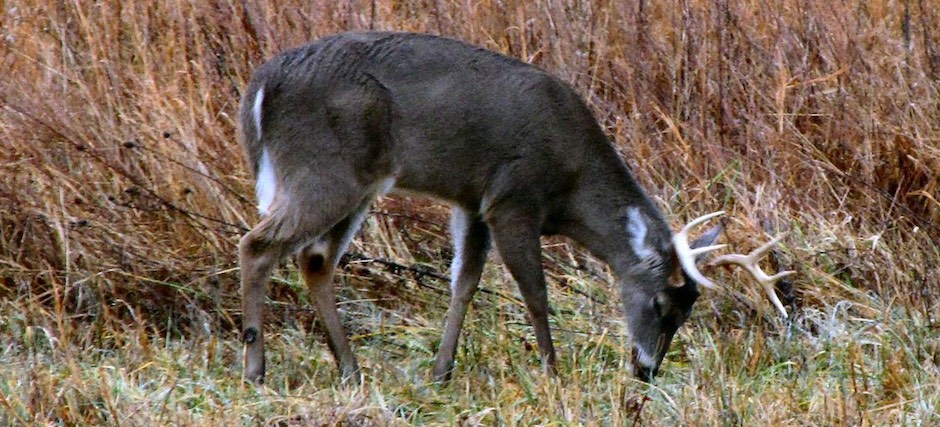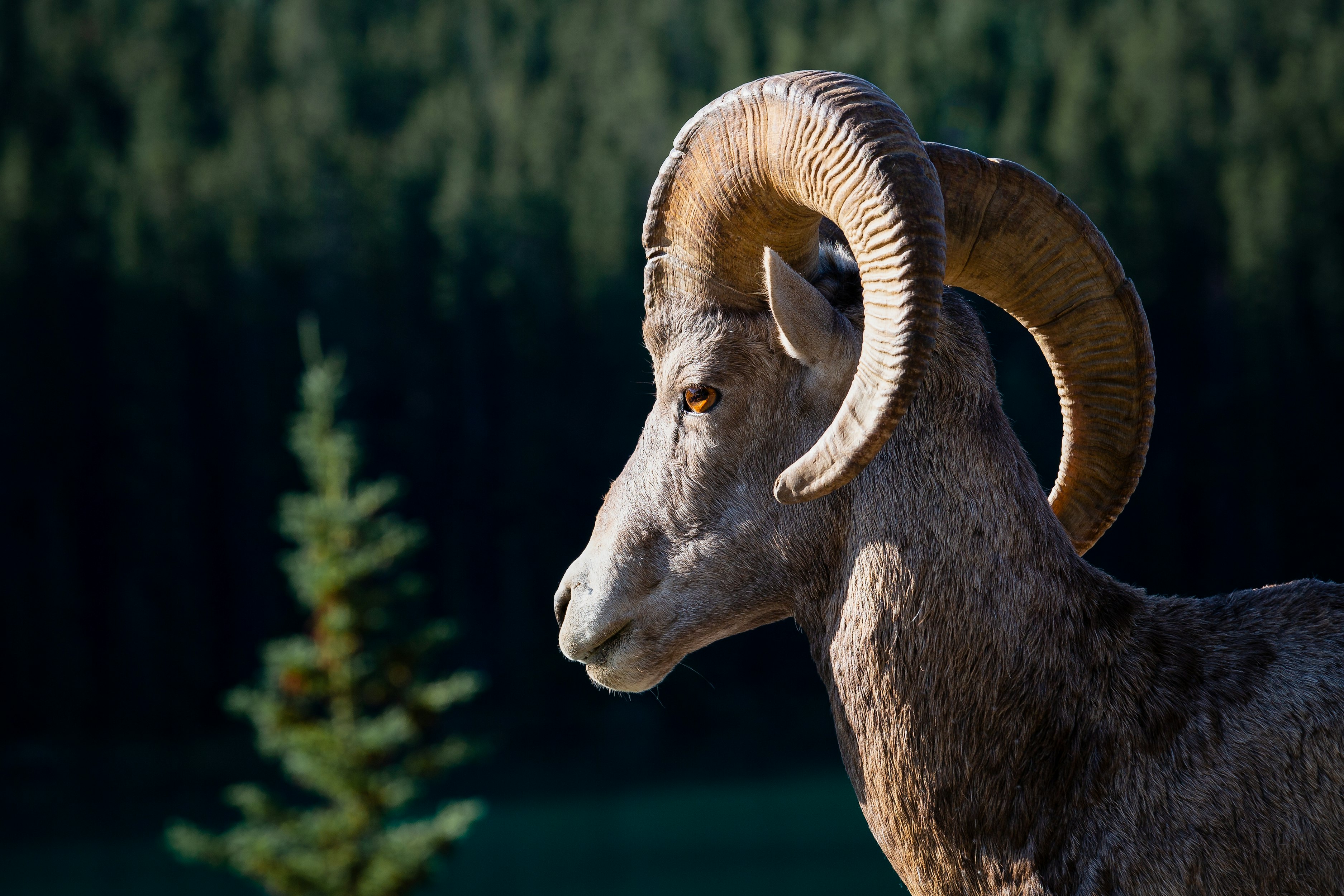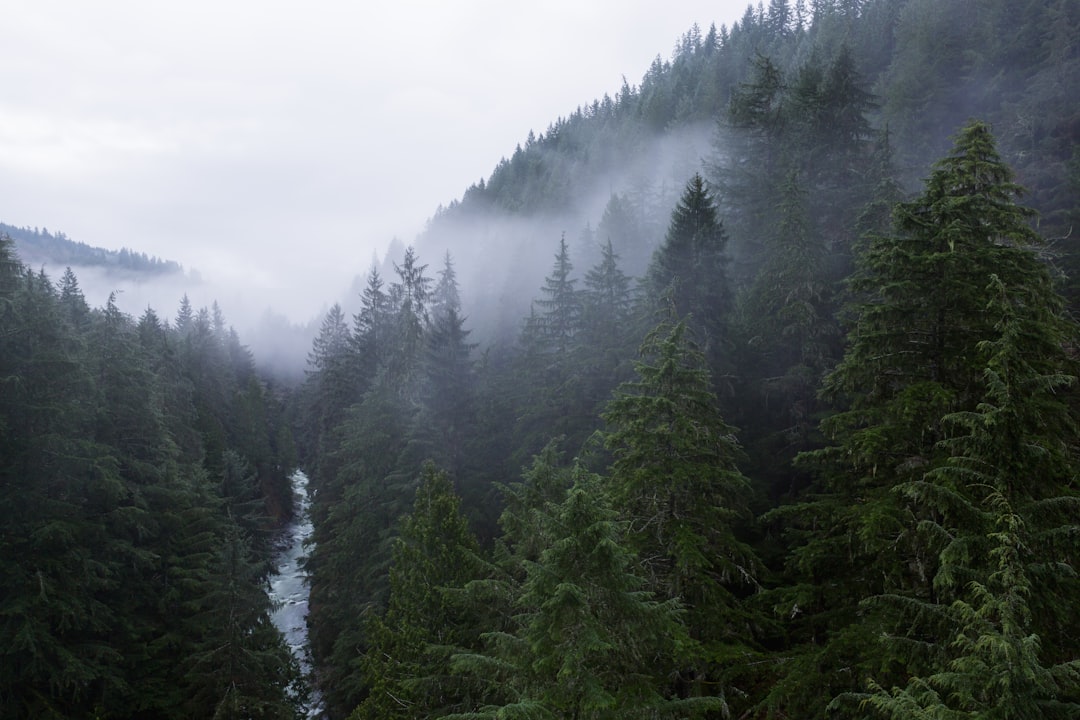Chronic Wasting Disease Spreads
“Feeding can cause deer to gather in a certain place and spread the disease more rapidly. “We would discourage any artificial supplemental feeding,” Lightfoot said. “It does congregate deer and have potential for additional risk.”
NOTE: This post initially appeared on SAExpressNews.com on January 26, 2017
State wildlife officials are implementing restrictions meant to stop a fatal disease that could threaten white-tail deer hunting if the disease becomes widespread.
The Texas Parks and Wildlife Department this week identified chronic wasting disease in a free-ranging 1½-year-old buck harvested in Medina County west of San Antonio, the first wild individual of its species to be found with the disease in Texas.
A hunter killed the deer at a low-fenced private ranch and brought the carcass to a state checkpoint for sampling, TPWD spokesman Steve Lightfoot said.
Until now, that testing was voluntary. It will now be required in a designated containment zone that encompasses parts of Bandera, Uvalde and Medina counties, though general deer-hunting season ended last week. TPWD also put new restrictions on moving captive deer and carcasses in or out of the area.
Chronic wasting disease, or CWD, causes spongelike holes to develop in the brains of deer and their relatives, including elk and moose. Mule deer were the first to be infected in Texas, with the first case found in West Texas in 2012.
In 2015, a captive-bred white-tail deer at Texas Mountain Ranch in Medina County was the first of the species to test positive in the state. Last year, 25 captive-bred animals in Medina, Lavaca and Uvalde counties were found with the disease.
First identified in Colorado in 1967, chronic wasting disease has spread to 24 states and two Canadian provinces, according to federal scientists.
Asked whether state officials know if the disease spread directly from captive-bred to free-ranging deer, Lightfoot said they do not want to speculate.
“I don’t think we could draw any conclusions based on this one detection,” he said.
Last year, TPWD commissioners approved new screening requirements on captive deer breeders.
Protecting Texas’ wild deer population is a priority for the state, where hunters have an annual economic effect of more than $4 billion, according to a 2008 study commissioned by TPWD.
If hit by CWD, deer populations in semiarid environments are likely to decline to levels that could threaten recreational hunting, said David Hewitt, director of wildlife research with Texas A&M University’s Caesar Kleberg Wildlife Research Institute.
Last year, Hewitt and his colleagues used computer models to estimate what would happen to wild deer populations with CWD in South Texas. There may be subtle differences in the Hill Country, but the conclusions are still useful, he said.
“With a kind of low level of CWD, you’d basically have to quit harvesting those deer populations,” Hewitt said. “They could just maintain themselves in South Texas here, but you wouldn’t have any recreational harvest.”
Wild deer can spread the disease among themselves through nose-to-nose contact and can shed it in saliva, urine, feces and tissue.
Most does stay within a mile or two of their birthplace, Hewitt said. Though a buck may travel as far as 10 miles from its birthplace between its first and second year, the risk of spreading the disease far and wide comes from humans moving animals and carcasses around the state, he said.
“What Parks and Wildlife is doing is absolutely essential,” Hewitt said.
Landowners in the affected area may want to reconsider putting out corn or pellets. Feeding can cause deer to gather in a certain place and spread the disease more rapidly.
A look at the CWD containment and surveillance zones, location of check stations and confirmed positives in Texas.



